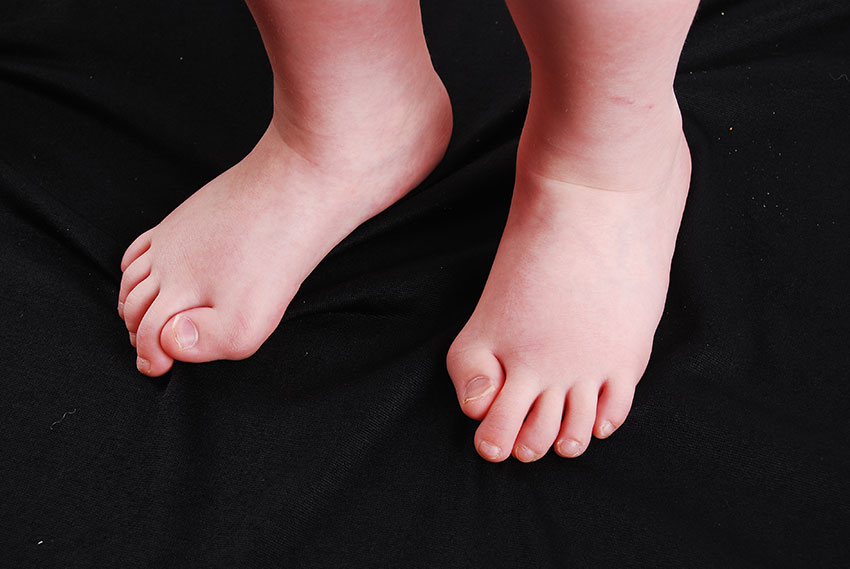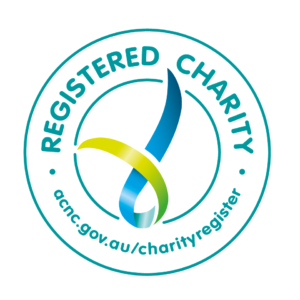
Fibrodysplasia Ossificans Progressiva is one of the rarest, most disabling genetic conditions known to medicine, causing bone to form in muscles (and other soft tissue) throughout the whole body leading to ongoing and permanent restriction of movement. It is a progressive disease and there is no cure. Malformed big toes are nearly always associated with FOP at birth – recognising this sign can prevent misdiagnosis and catastrophic complications from unnecessary investigations that can trigger bone formation. Read more…
Facts about FOP
What is FOP?
Fibrodysplasia Ossificans Progressiva literally means “soft connective tissue turning to bone”. FOP is one of the most rare and disabling genetic conditions known to medicine, causing bone to form in muscles (and other soft tissue) leading to ongoing and permanent restriction of movement. It is a progressive disease and there is currently no cure.
How is it diagnosed?
Usually the only sign of FOP at birth is a characteristic of the malformation of the big toes which is present in 97% of individuals with FOP. The diagnosis of FOP can be confirmed with genetic testing. People with FOP often undergo unnecessary diagnostic biopsies that can trigger further bone formation (as any trauma can trigger bone formation, even IM injection). FOP is commonly
misdiagnosed as there is failure to link the rapidly developing soft tissue swellings that appear on the head, neck and upper back with the malformed big toes. Read more
here.
How many people have FOP?
It is estimated that 1 in 1 million people have FOP. There are 21 diagnosed cases in Australia and 2 in New Zealand today and researchers are aware of approximately 800 cases worldwide.
Is there any treatment?
There is no effective treatment to stop the progressive bone growth. But after many years of collaborative effort between FOP families and
researchers, there are now
clinical trials underway of multiple possible treatment. FOP Australia wants to make sure that people in Australia and New Zealand get early and equitable access to any treatments. We encourage FOP families and clinicians to access the current medical guidelines (linked at the top of this page, and every page of our website). We aim to link
FOP clinicians together to help them stay up to date with any new developments.
Can the extra bone be removed?
Unfortunately it is not possible to remove the bone without a risk of triggering further bone formation. Surgical intervention often results in a worsening of the condition, as new bone will grow and further impair mobility.
Goals
FOP Australia provides support and information to FOP patients and families in Australia and New Zealand. Accurate information and connection with others is crucial when dealing with an ultra rare or orphan disease like FOP.
FOP Australia raises awareness of FOP in the community, including the medical community, on the symptoms, diagnosis and medical management of FOP.
FOP Australia raises funds for medical research both in Australia and overseas through established and world renowned FOP research centres.
FOP Australia work to ensure that people with FOP in our region have early and equitable access to any treatments developed.
You can find out more about FOP Australia and join here.



